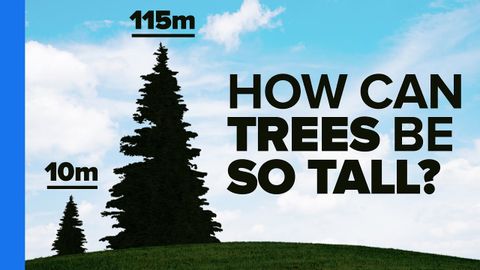樹木最神奇的地方 (The Most Amazing Thing About Trees)
Bing-Je 發佈於 2021 年 01 月 14 日  沒有此條件下的單字
沒有此條件下的單字US /ˈwɔtɚ, ˈwɑtɚ/
・
UK /'wɔ:tə(r)/
- n. (u.)水;水域
- v.i.流淚;(嘴)想到好吃的食物而濕潤
- v.t.澆水
- n. (c./u.)樹;樹狀圖;木材;鞋楦
- v.t.趕上樹
US /ˈænsɚ/
・
UK /'ɑ:nsə(r)/
- v.t./i.給予回答;給予答覆;回答
- n.回答;答覆;答案;回答

